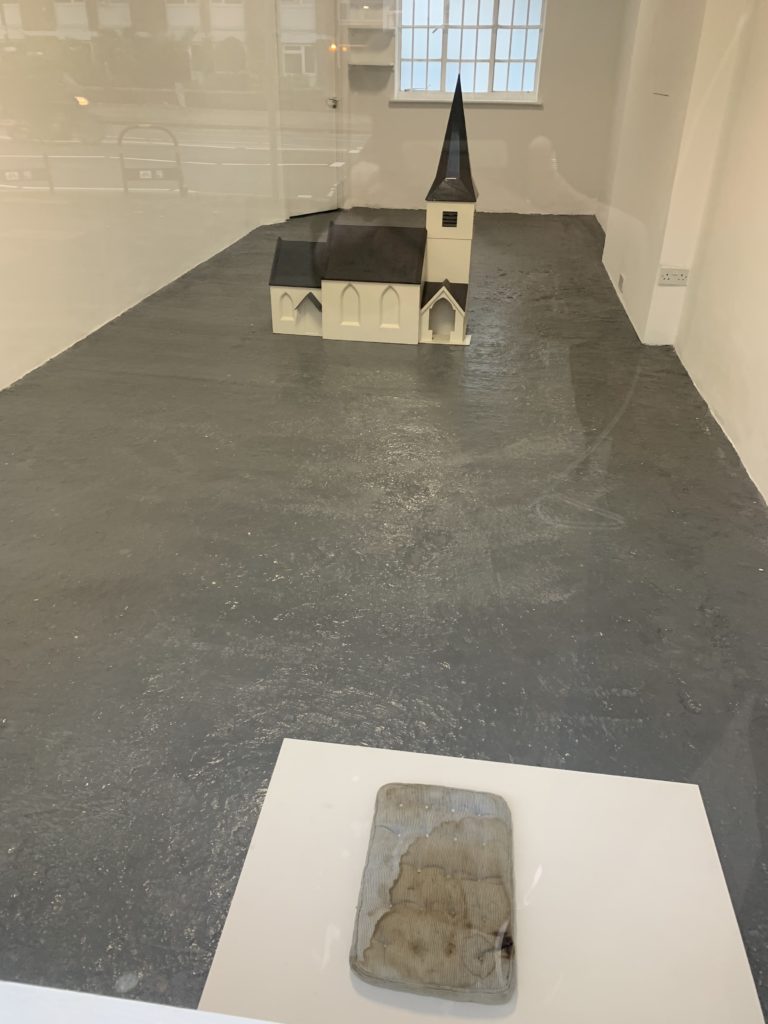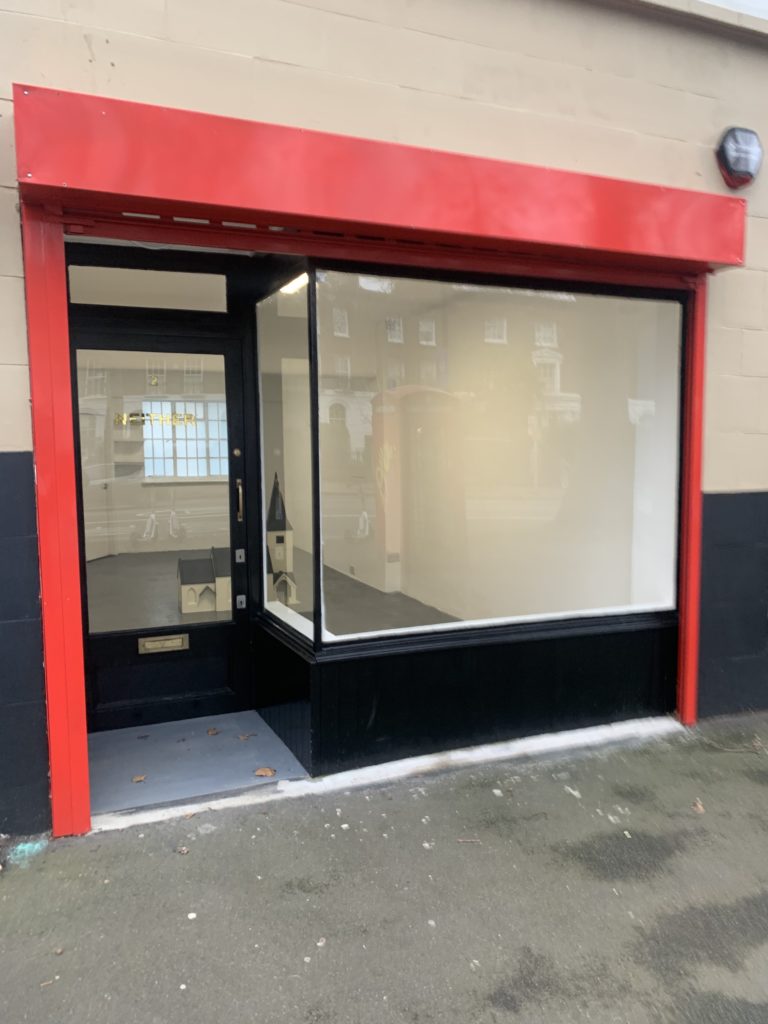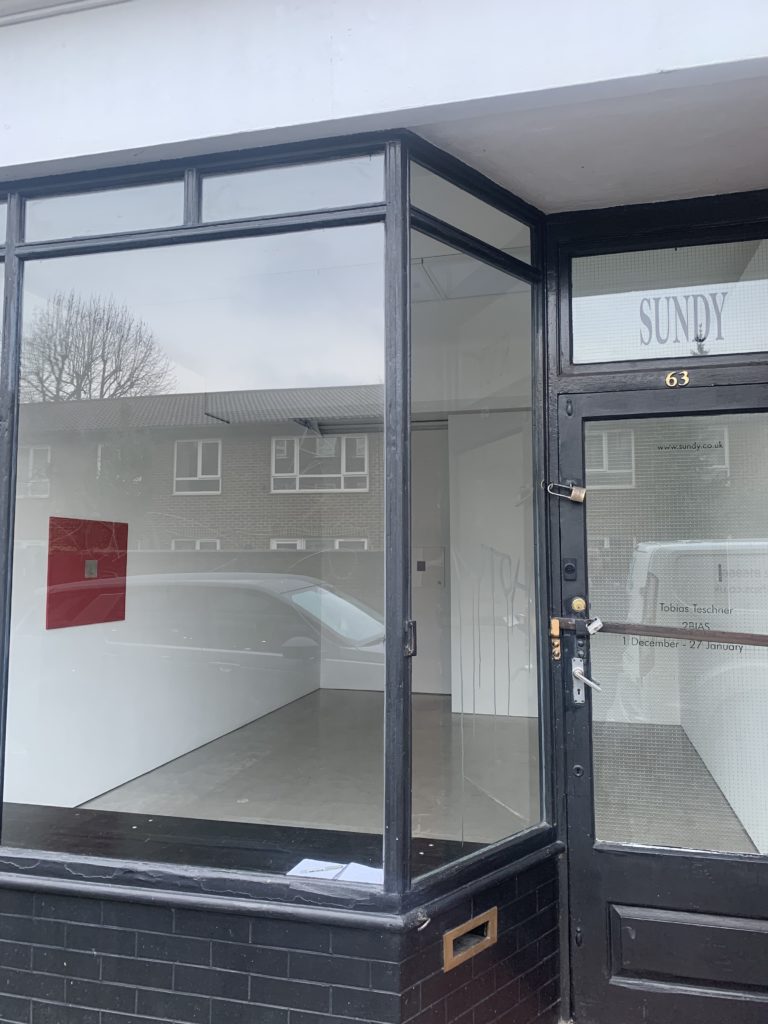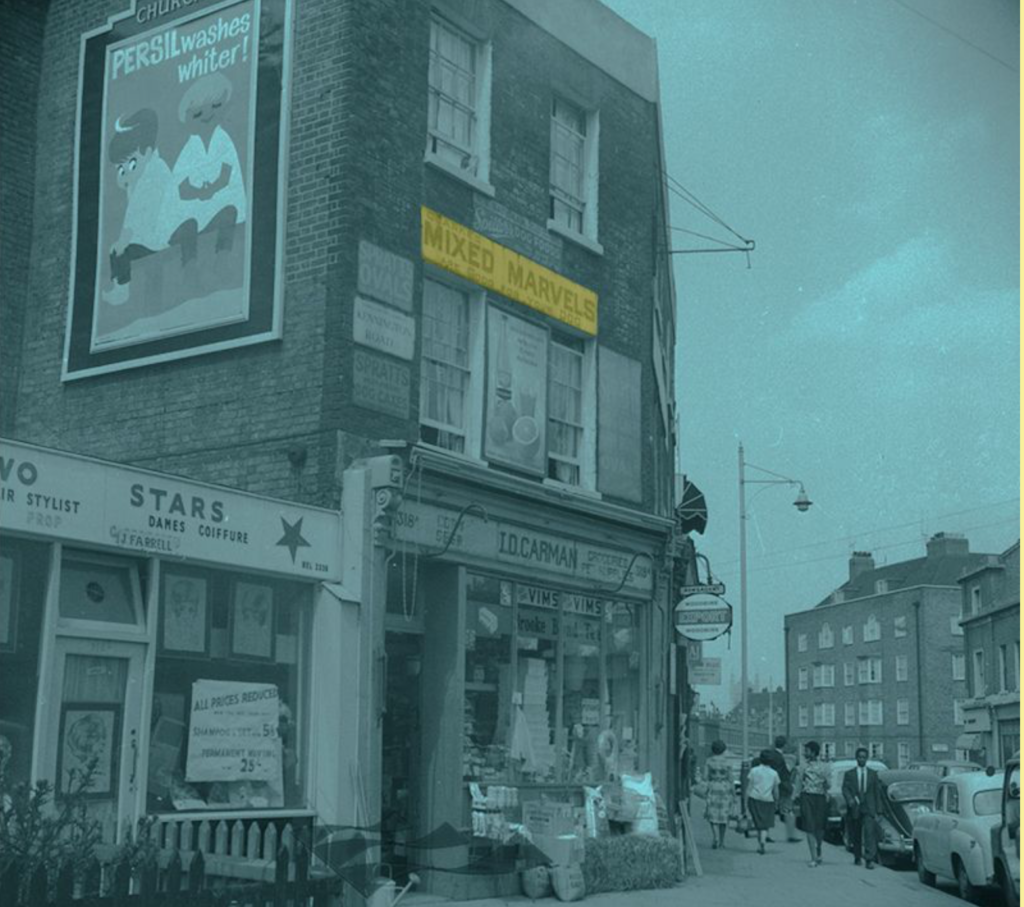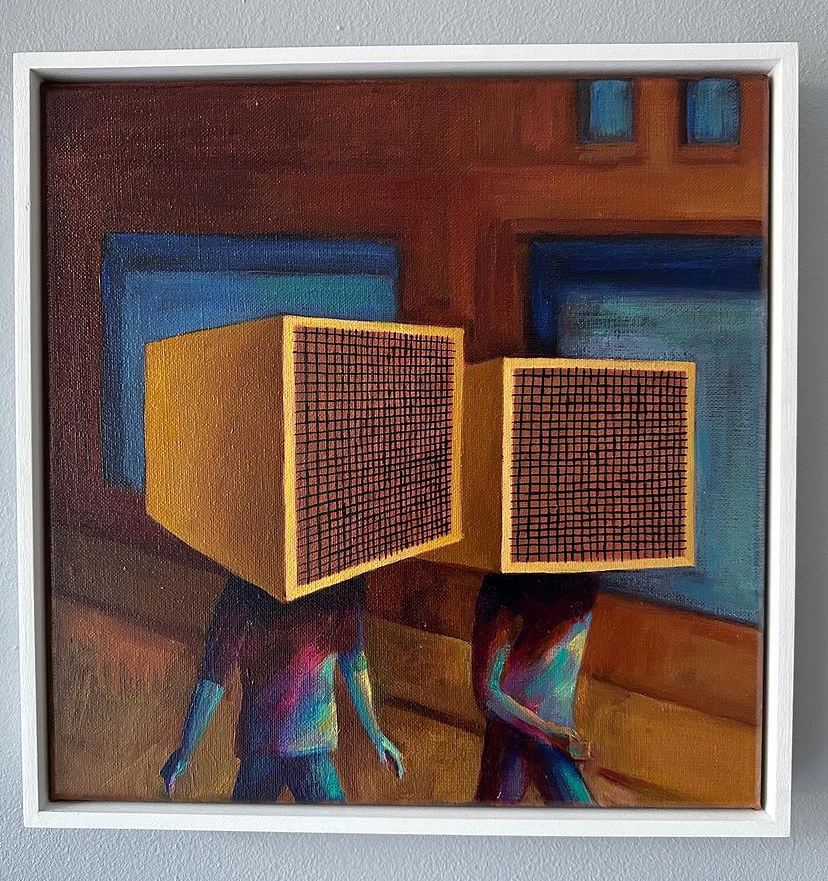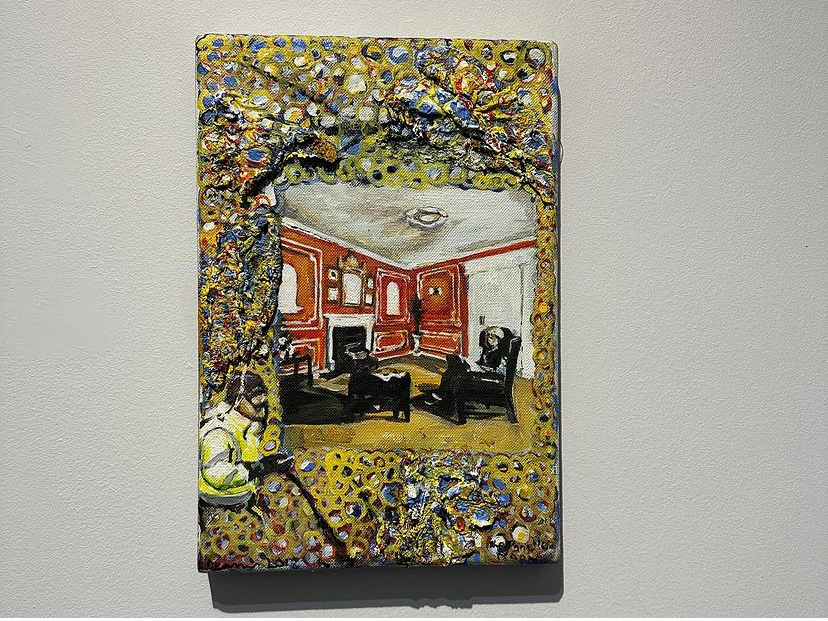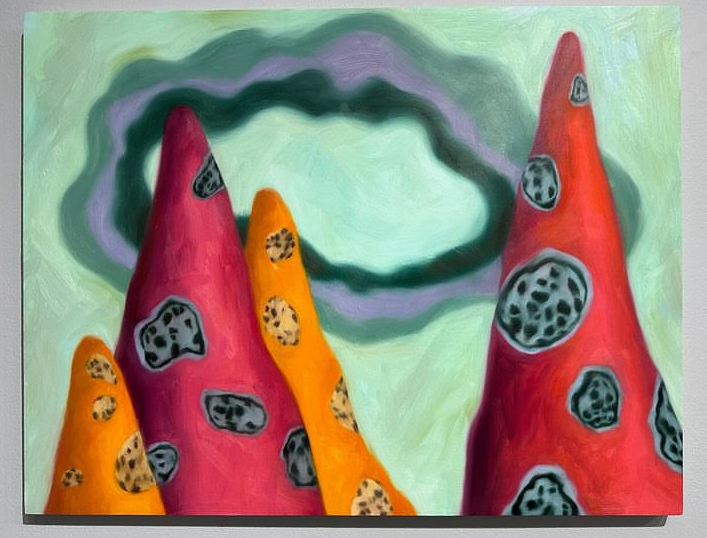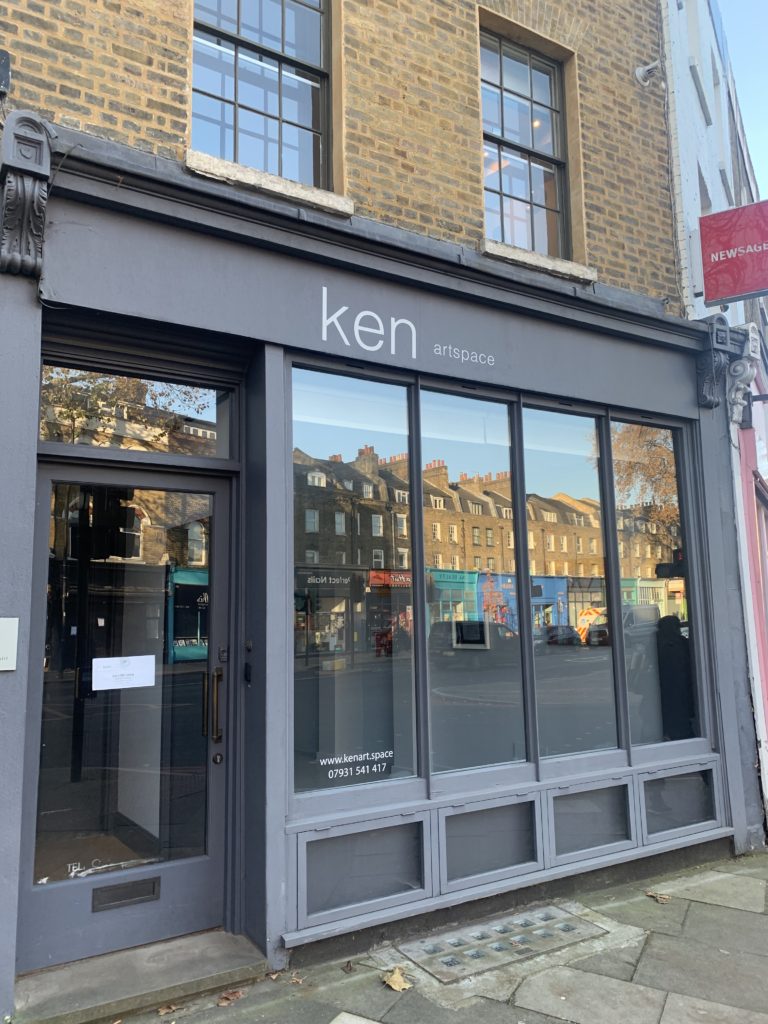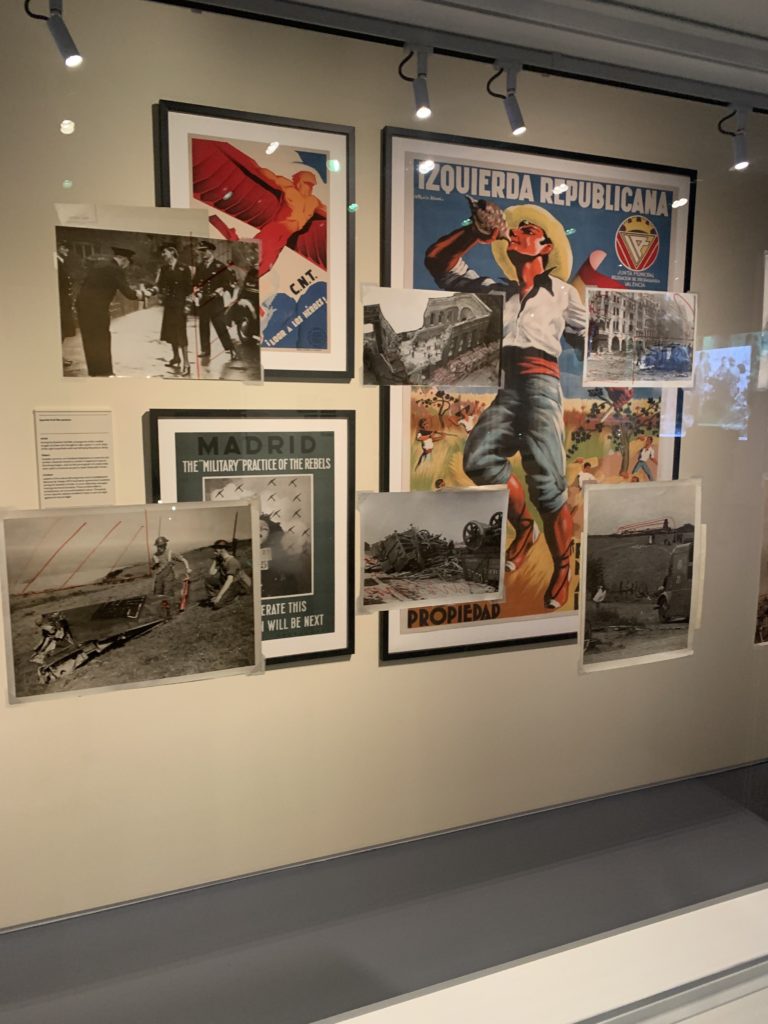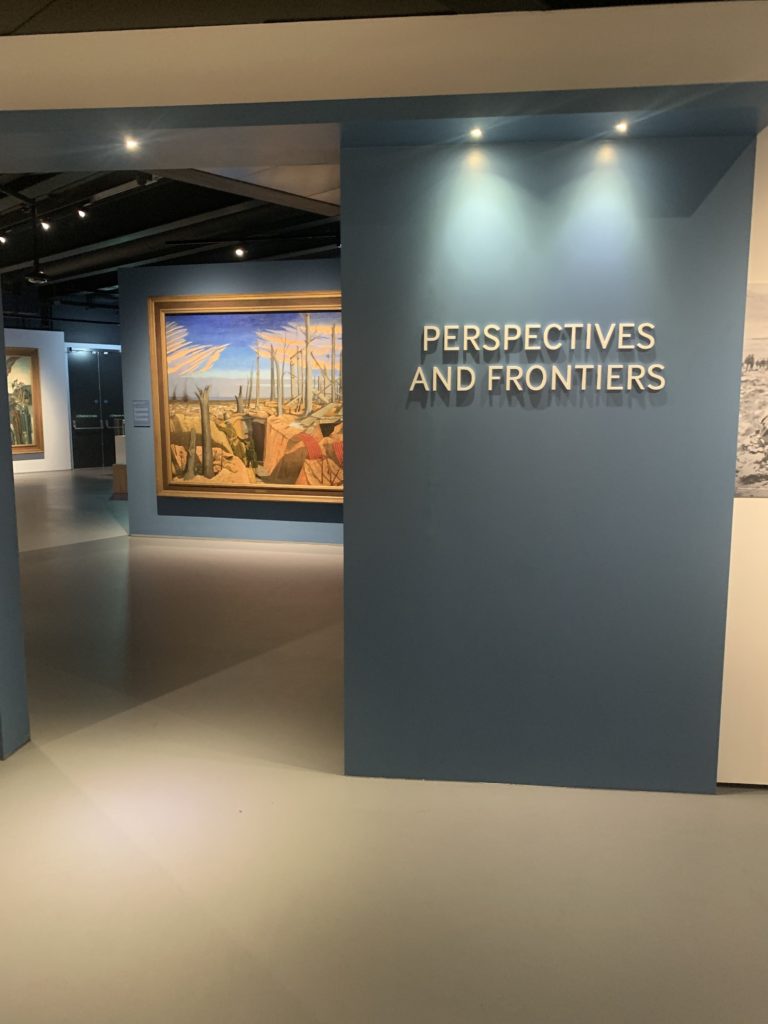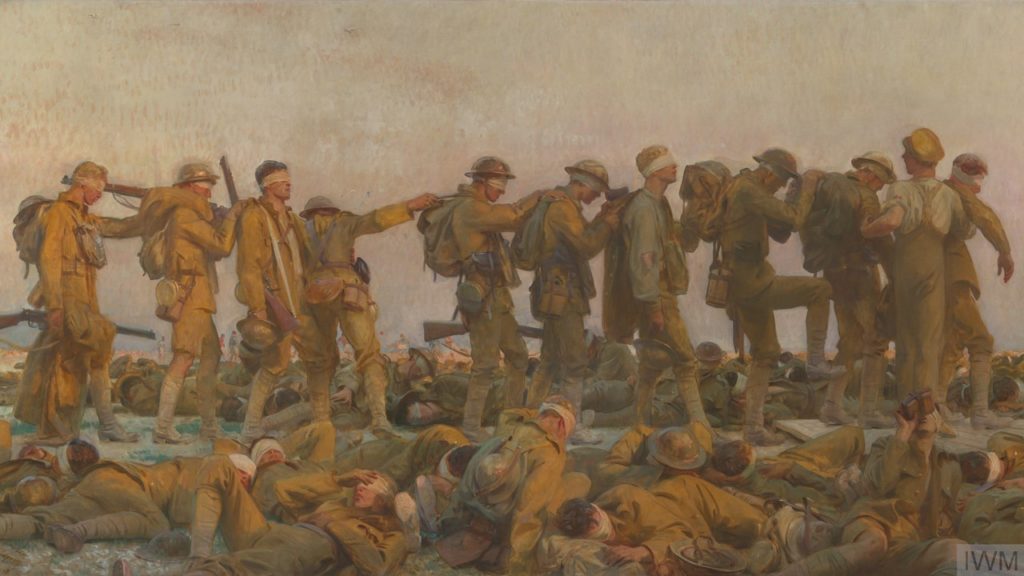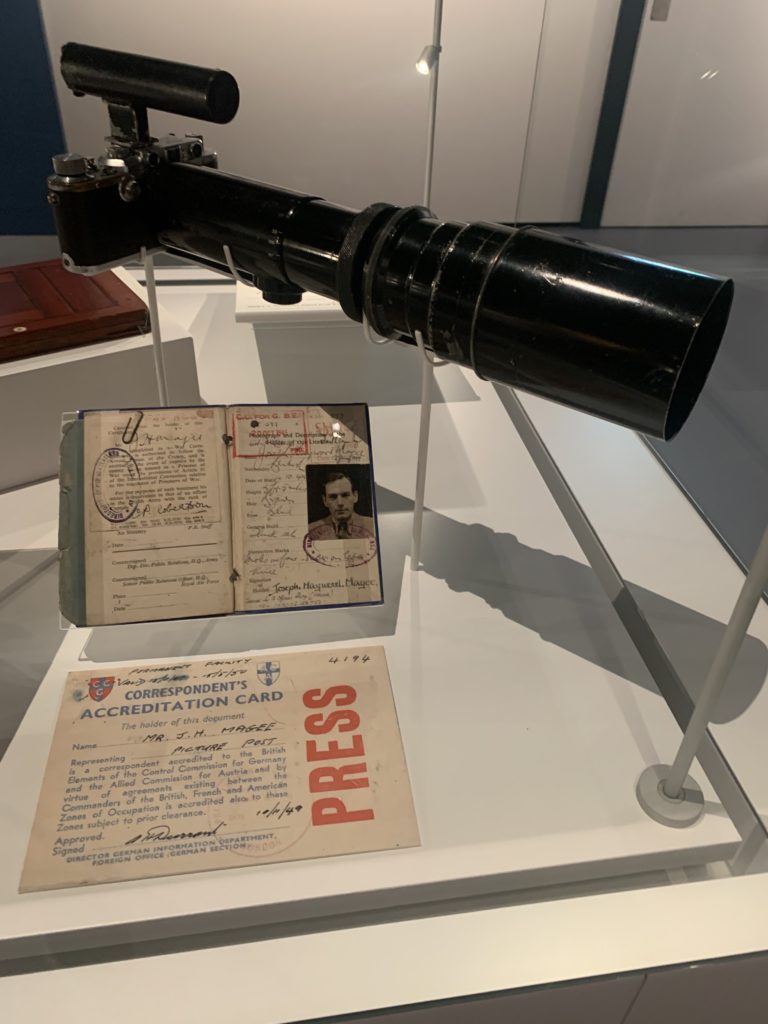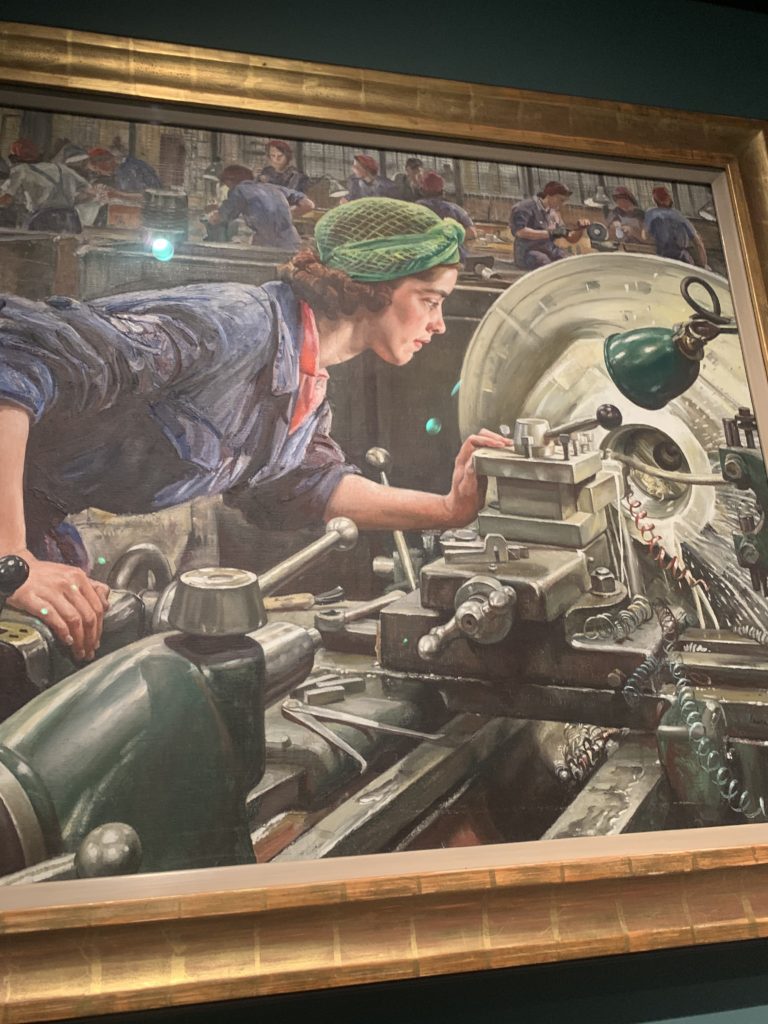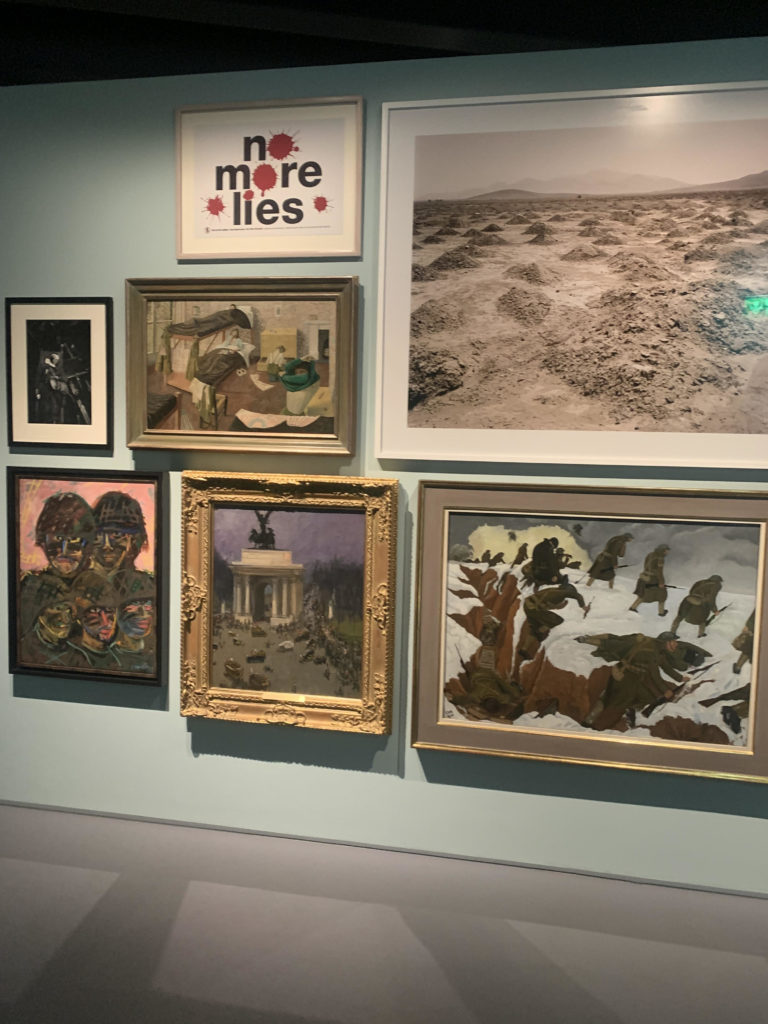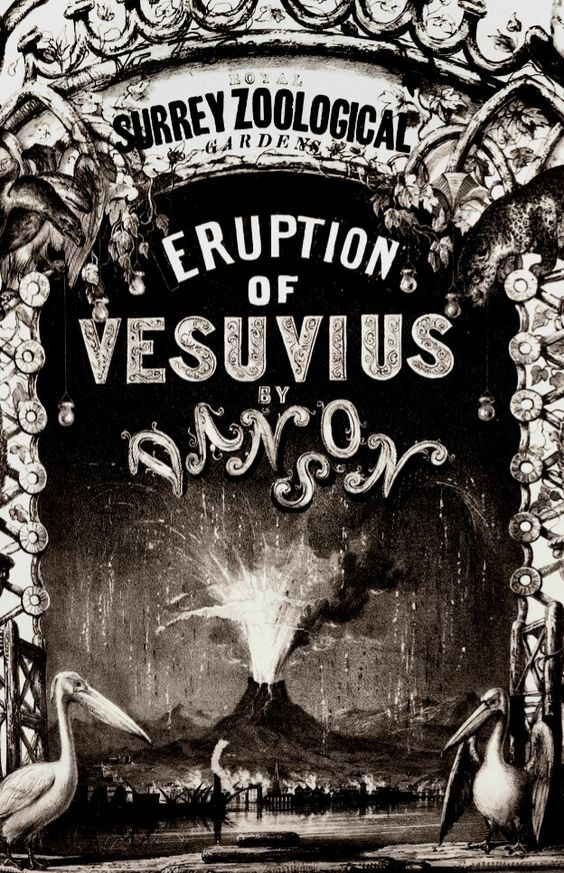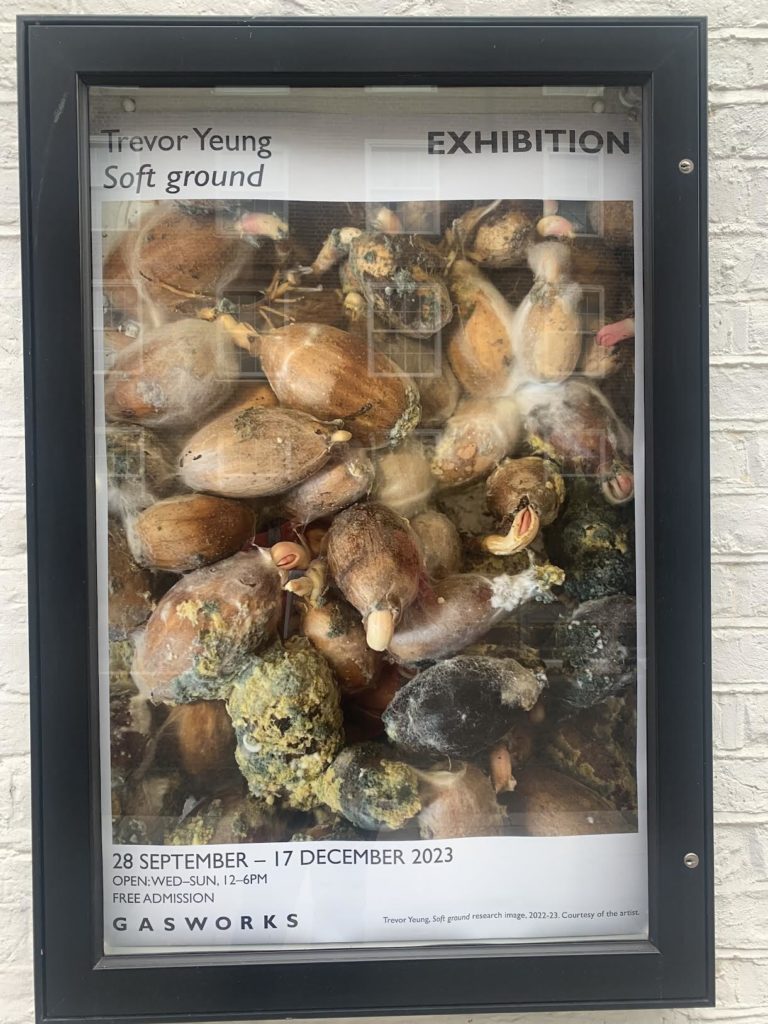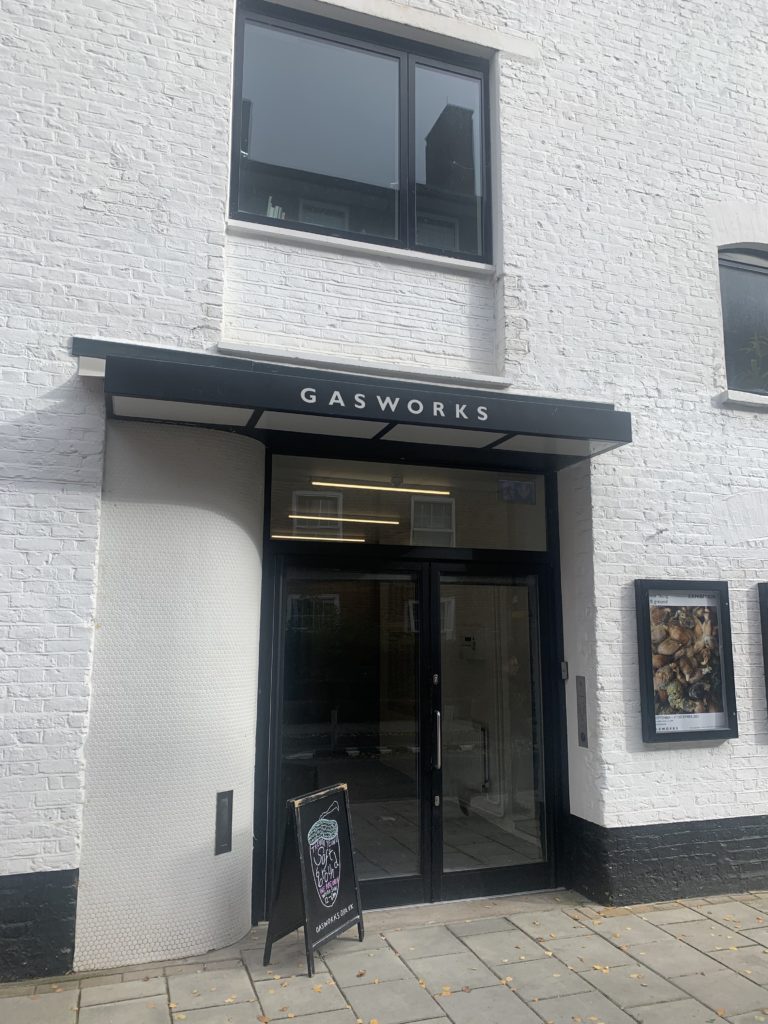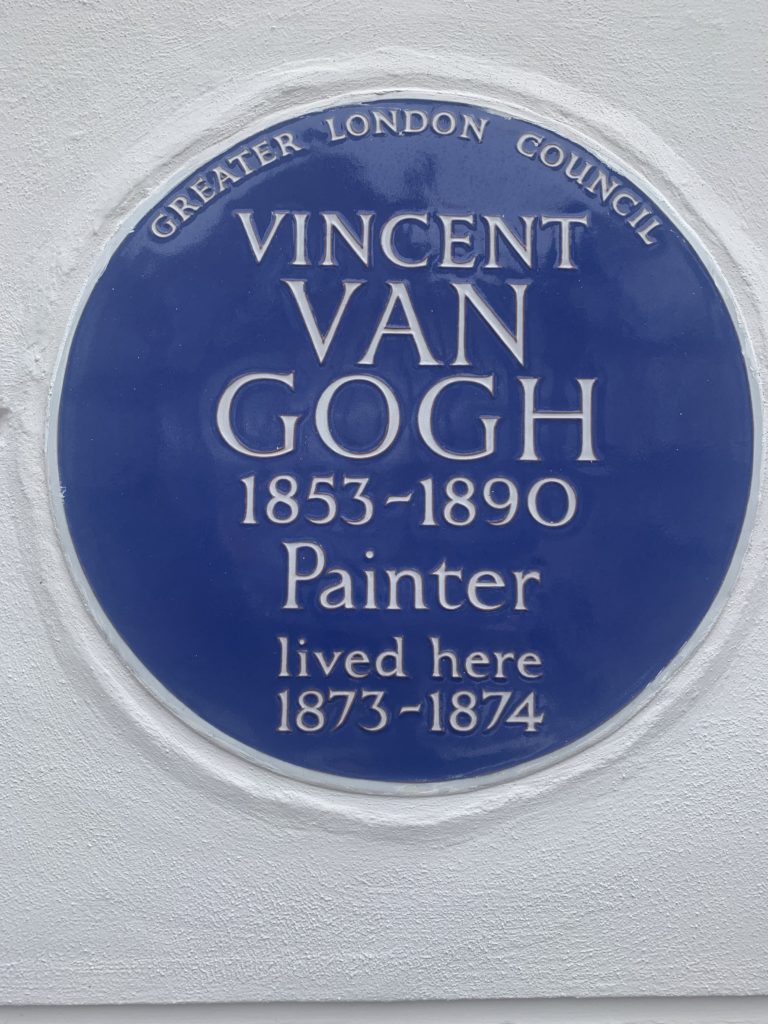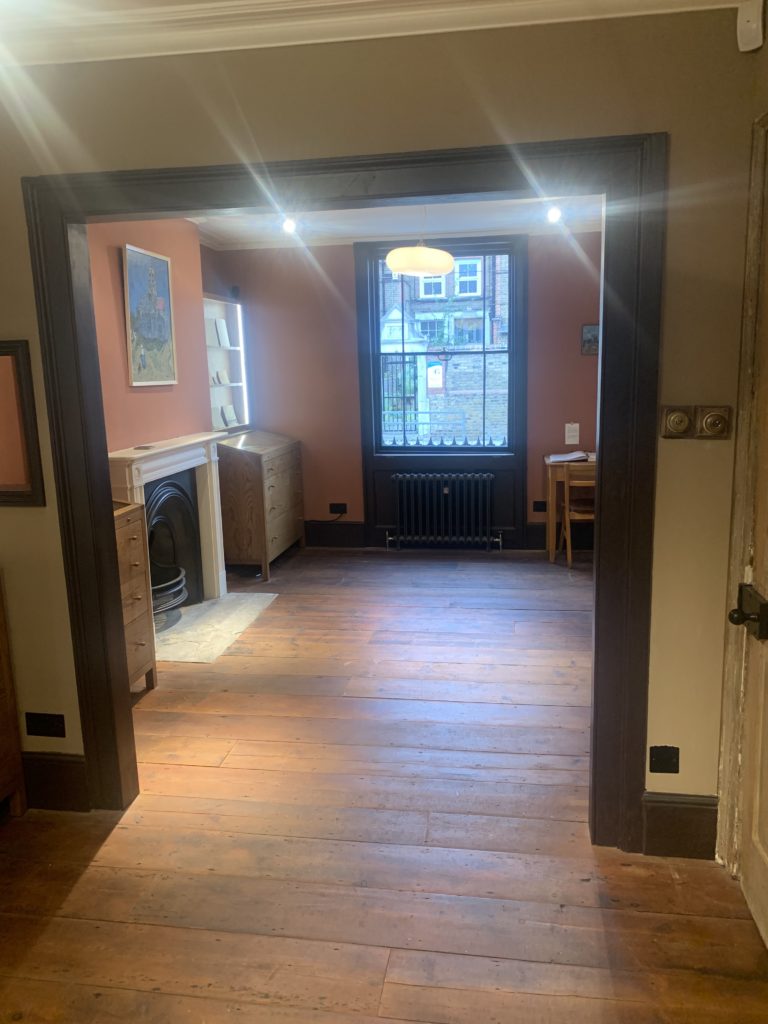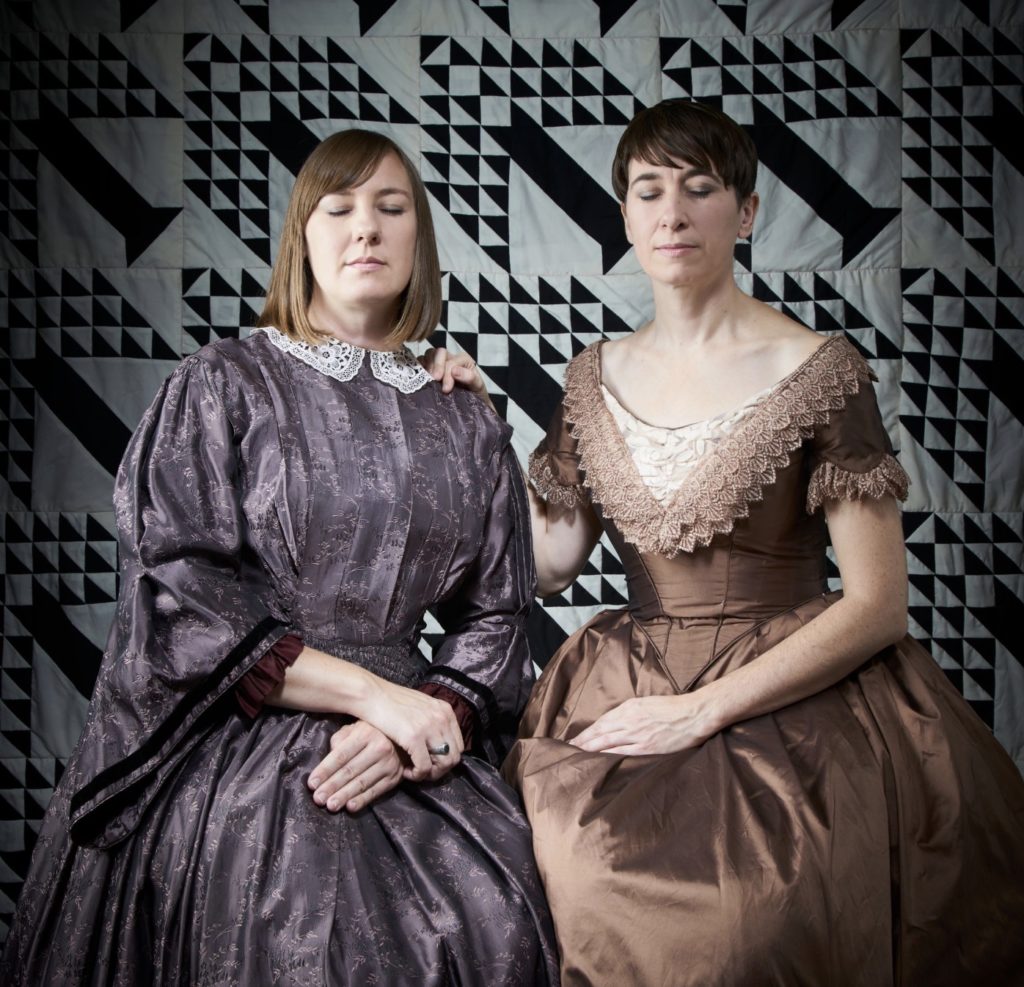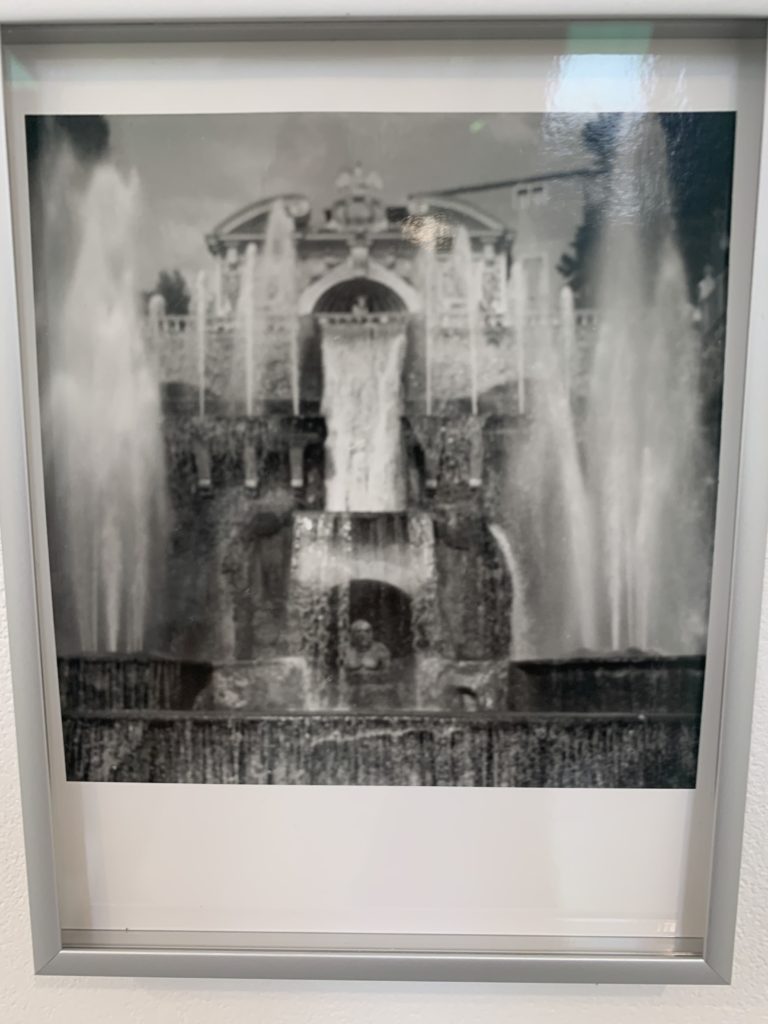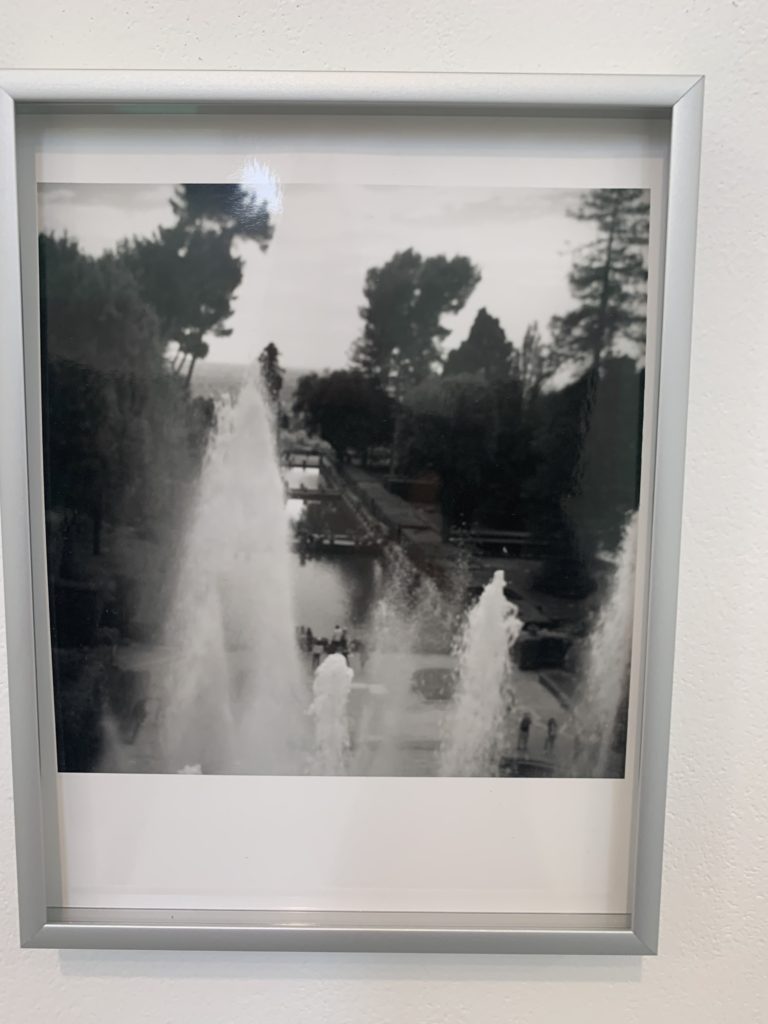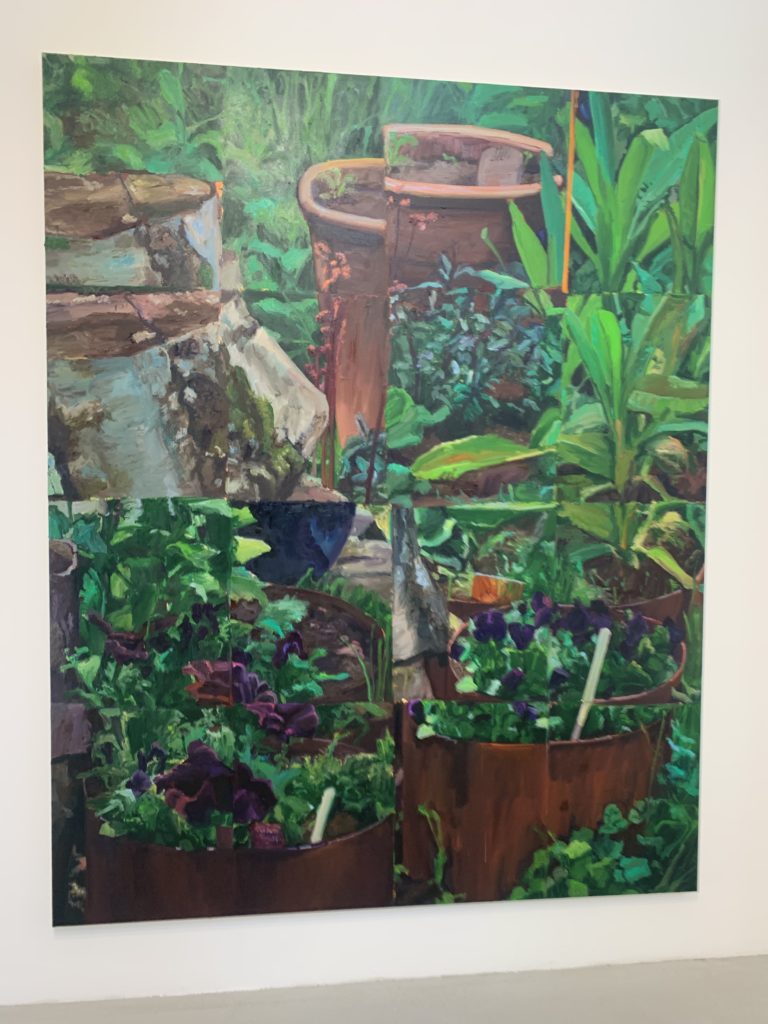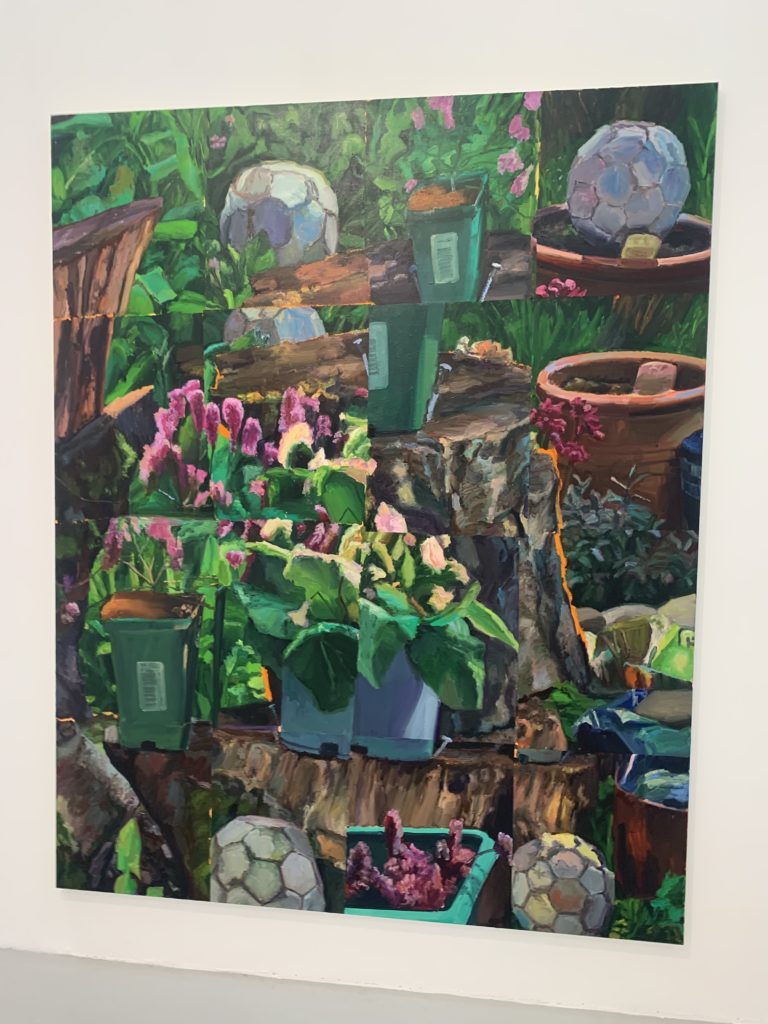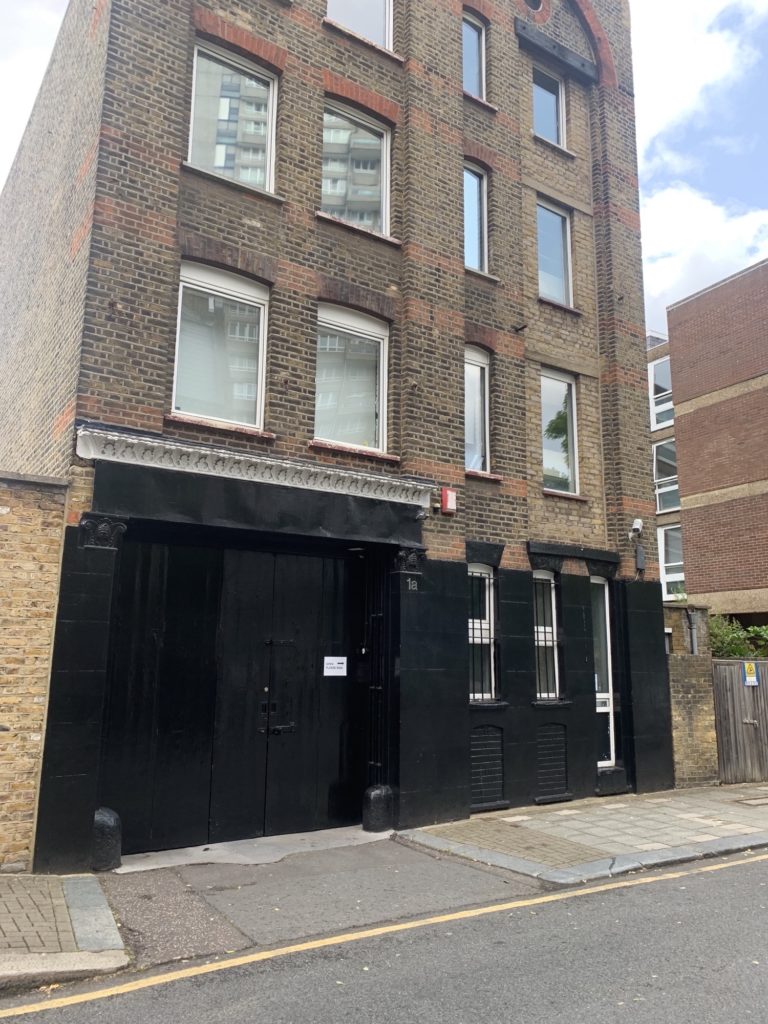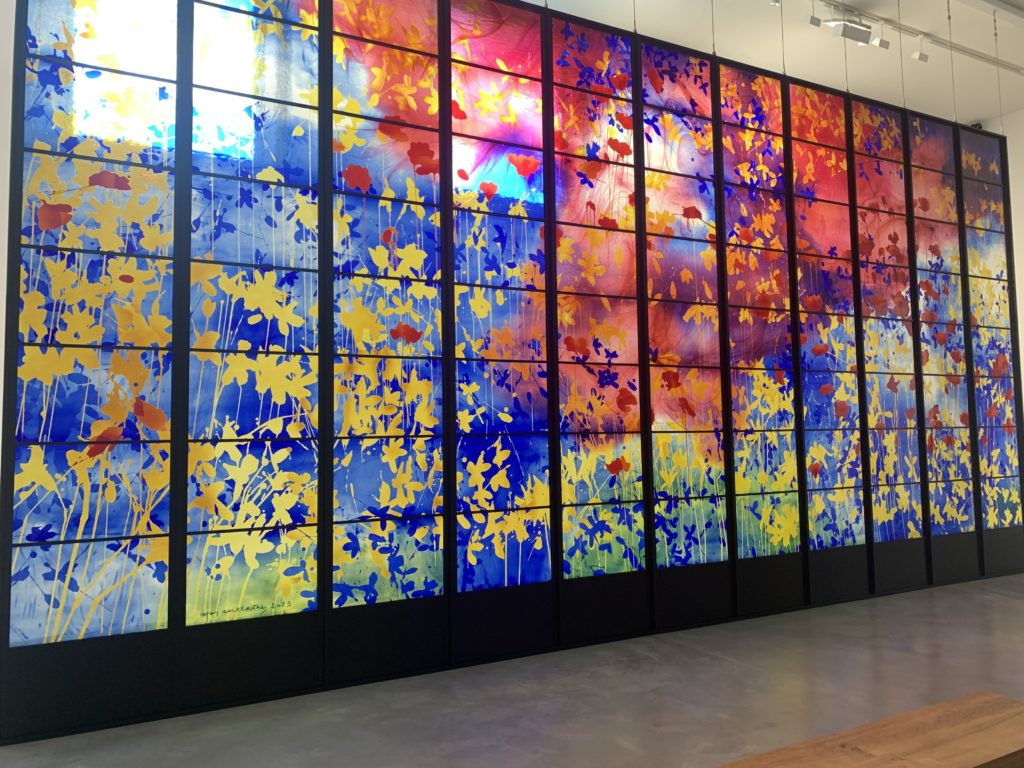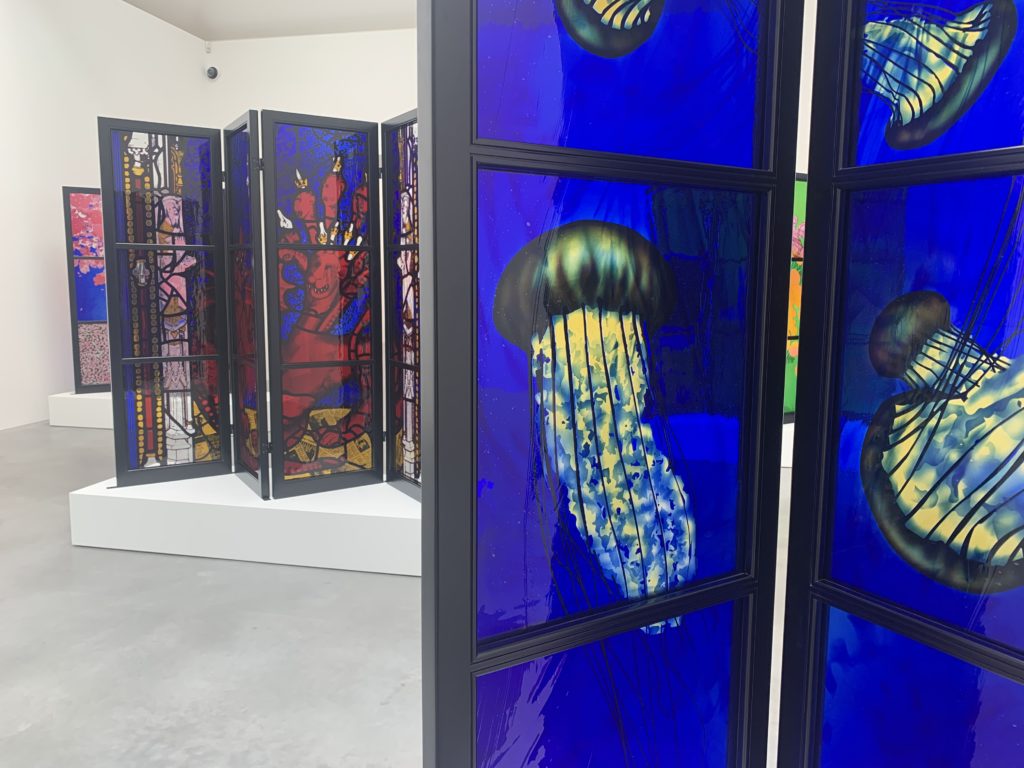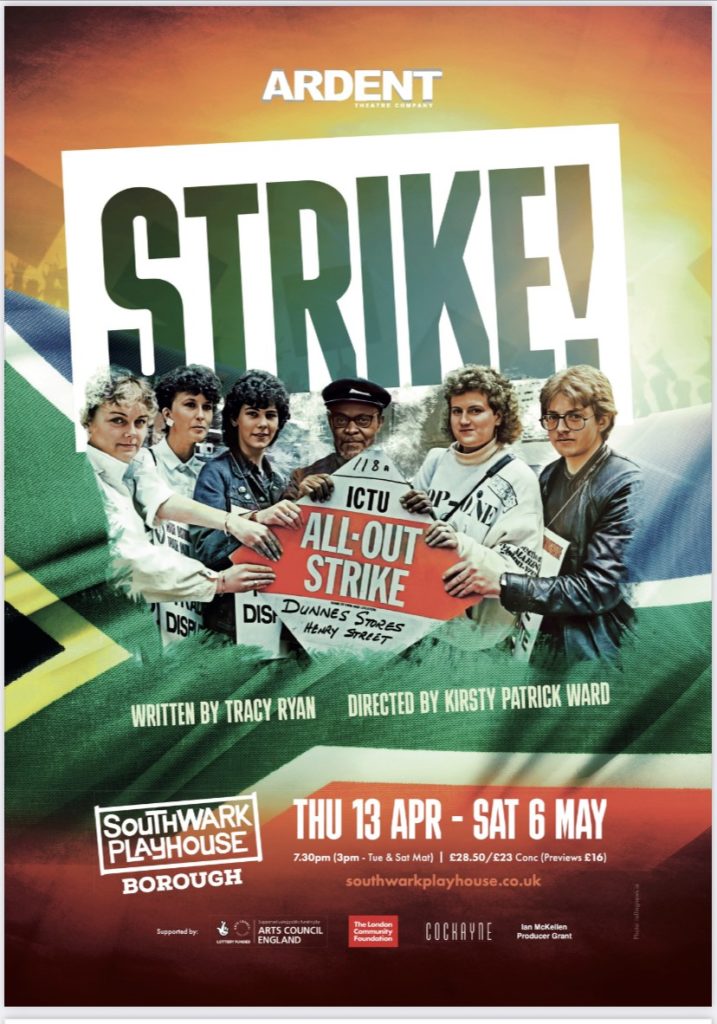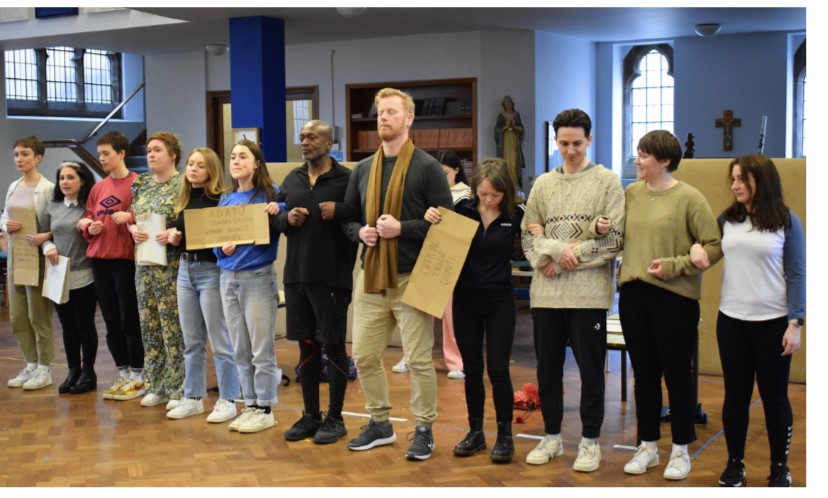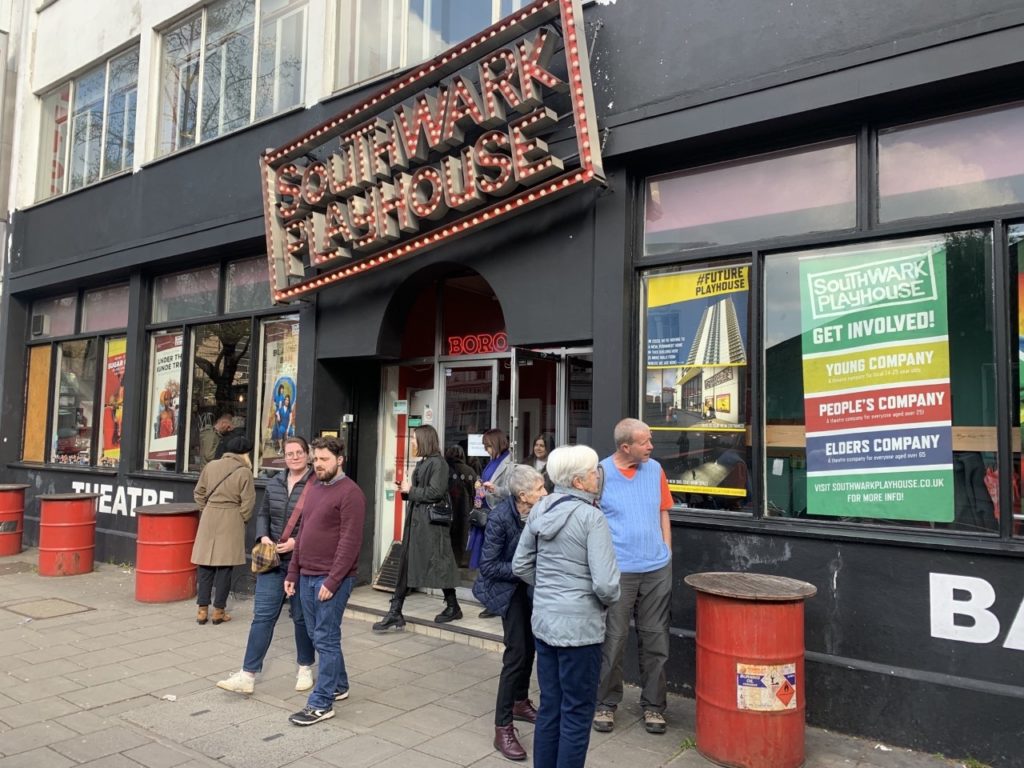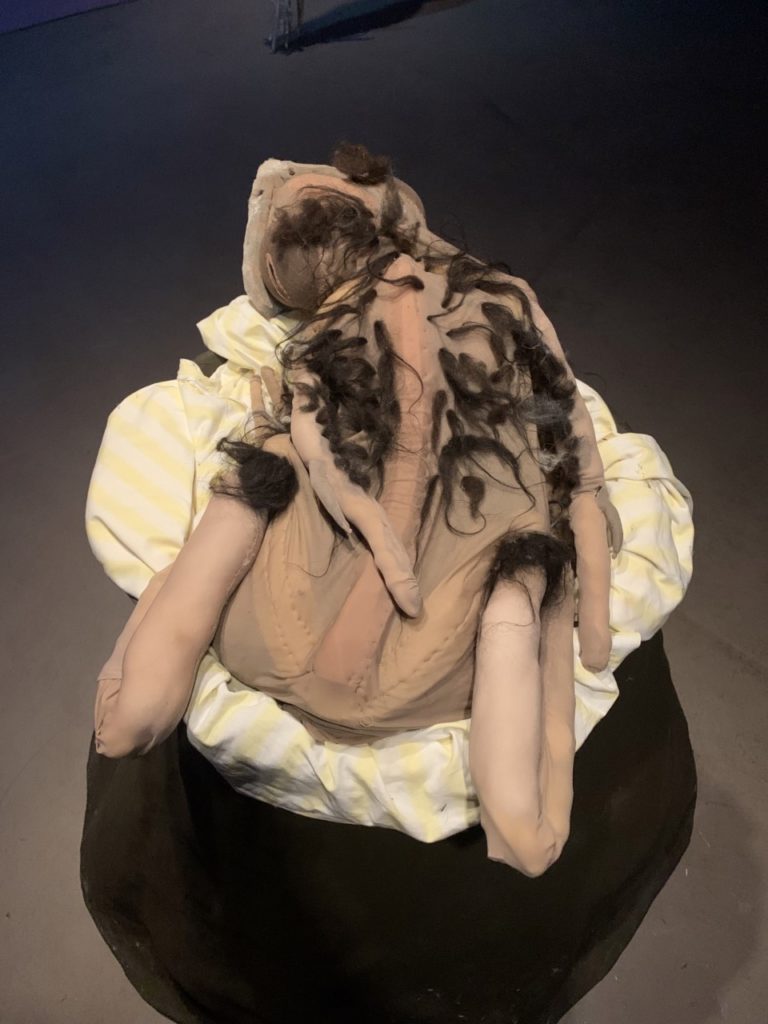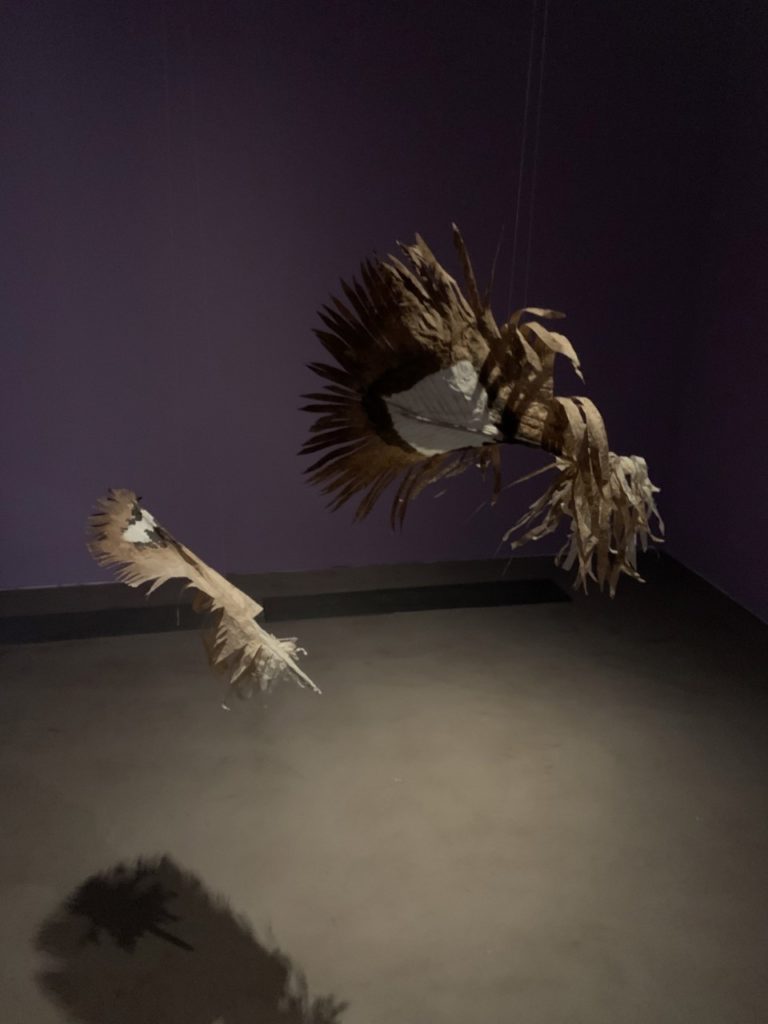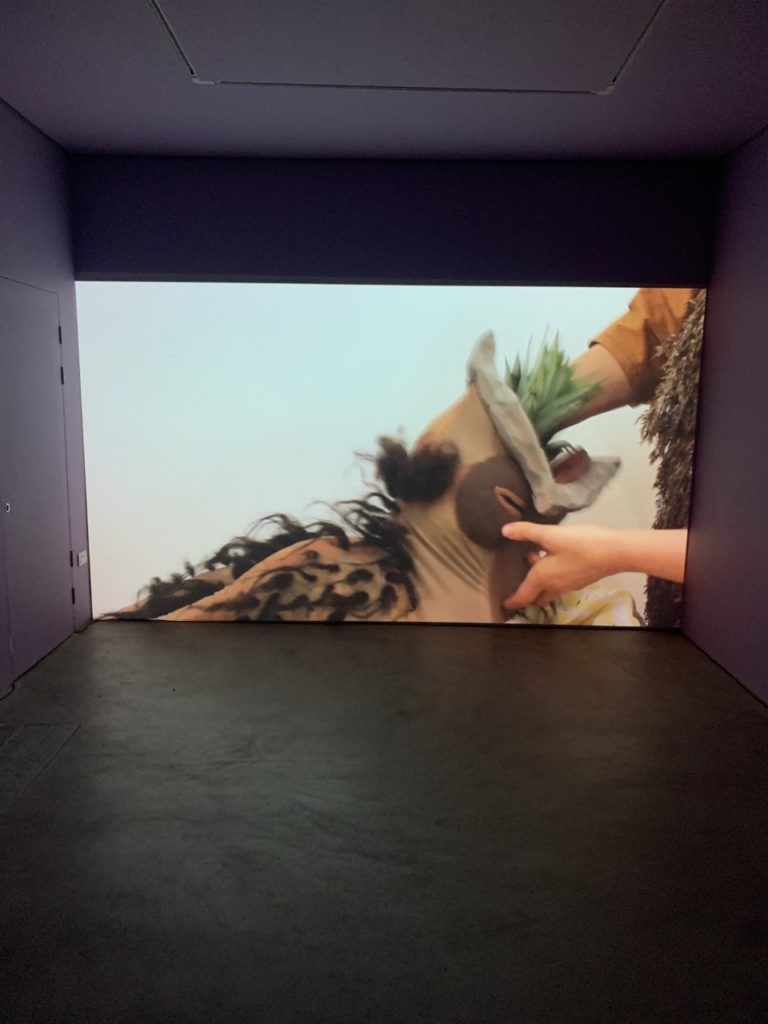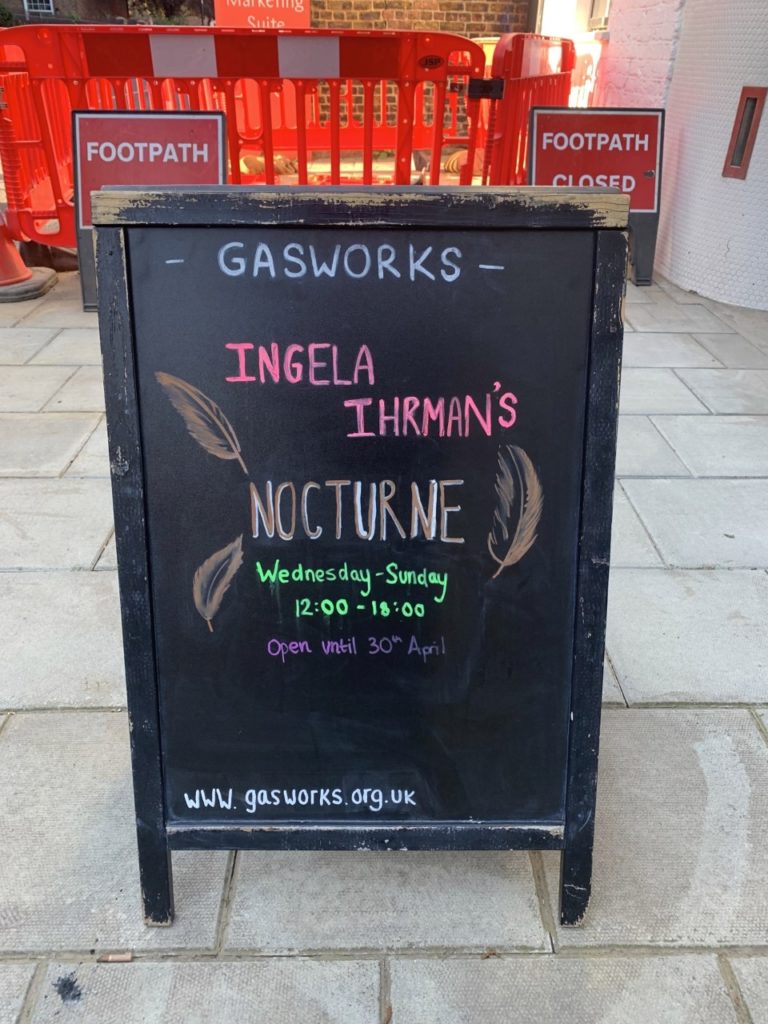With a little more time on your hands over the next few days, you might be seeking a pedestrian destination and we have a suggestion for you. A few years ago two empty shop fronts were converted into petite, pop up gallery spaces. One is called Sundy and is at 63 Black Prince Road in Vauxhall. The other is called Neither and is at 3 Wincott Parade in Kennington. Although they have restrictive opening times, through the windows we’ve enjoyed the cutting and sometimes playful displays that rotate every few weeks.
The ownership of these mysterious yet delightful shop fronts began to intrigue us so the mandarins at Runoff Towers gave us leave to undertake some independent research. Neither is an operated by Corvi Mora gallery in Elephant. Sundy is also a commercial gallery and this little shop front acts as their primary exhibition space.
At Neither, one of the pieces is by sculptor Julian Opie of Blur album cover fame (for Millenials who have no idea who Blur are click here). The other is by Charles LeDray. At the time of writing this show was ending but the works might still be there. At Sundy the works are a bit harder to see and are by Tobias Teschner.
We’d like to give a shout out to @guyaker for reminding us of these little mysteries and to also congratulate him on his impeccable taste in blogs.
